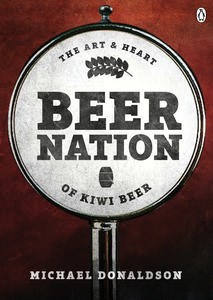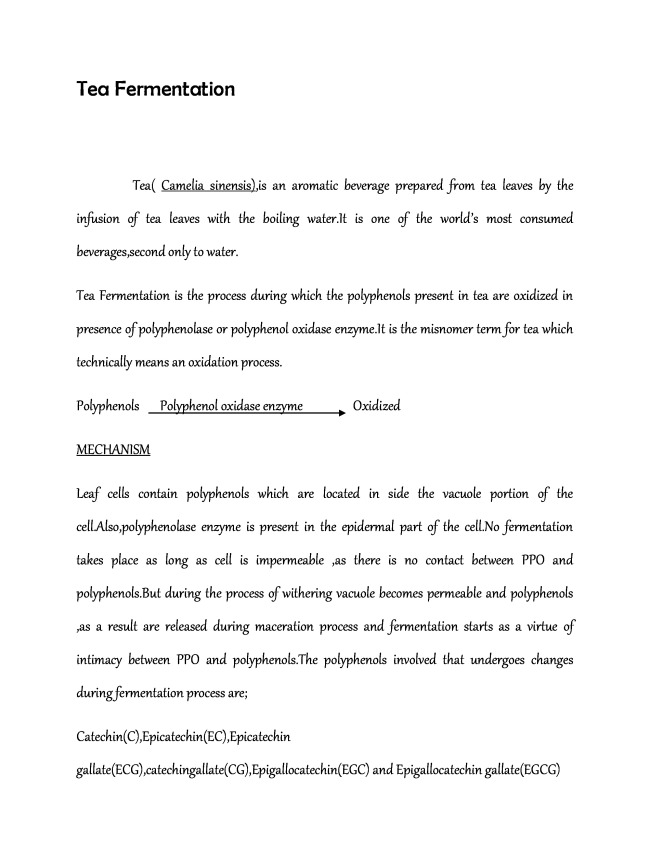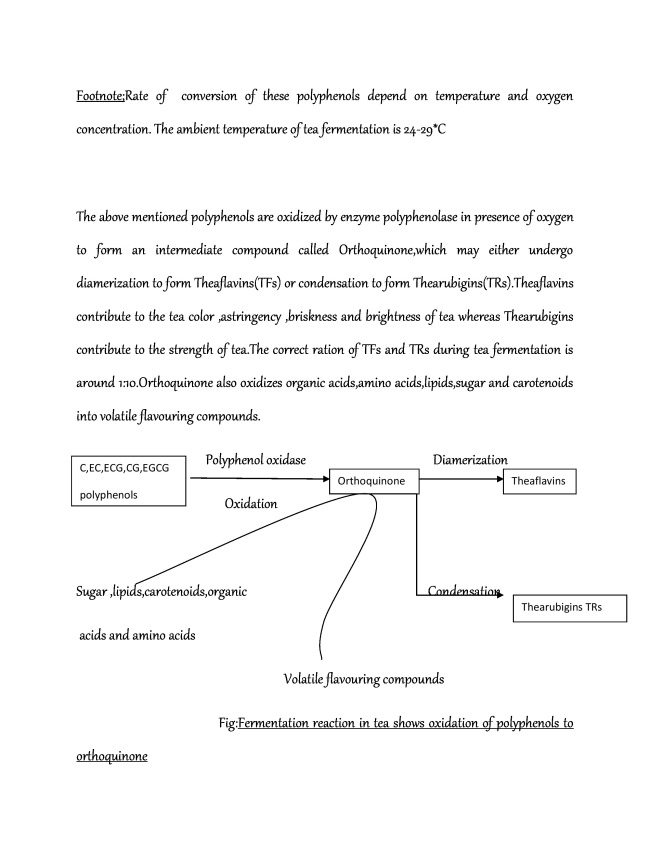Water plays many very important roles in food. It affects texture, supports enzyme activity, supports the growth of microorganisms, makes it possible for large molecules like polysaccharides and proteins to move about and interact, and conducts heat within food.
Many foods such as meat, poultry, seafood, fruits and vegetables are composed of 75% and more water, so water is the most abundant component in many fresh foods. Other foods such as dairy products, and fresh baked goods also contain high levels of water (about 35% or more). Foods that are high in moisture are at risk of contamination from the growth of microorganisms such as bacteria, yeast, and mold, while dry foods like pasta generally have long shelf lives.
But not all water that occurs in food is alike. Most food scientists divide water into three forms: free, adsorbed, and bound. Free water is the water that can literally be squeezed out of a food, like the juice in an orange, or the water that sometimes separates in sour cream or yogurt. Adsorbed water (spelled with a “d”) is water that is attached to the surface of molecules like polysaccharides and proteins. It is not readily squeezed out of the food. When food scientists refer to the hydration of proteins, such as gluten, and carbohydrates, such as starch, they are referring to adsorbed water. Bound water is water that is physically trapped within crystals, such as crystalline starch, or other substances in food (some food scientists prefer to define just the free and bound forms of water). The important point is that free and adsorbed water can promote the growth of microorganisms, while bound water cannot.
Food scientists measure the amount of water that is available for the growth of microorganisms, as well as enzyme and chemical reactions, through a number known as water activity (aW). Water activity is a measure of the amount of free and adsorbed water in food, and is measured on a dimensionless scale of zero to one. Water activity is the ratio of the vapor pressure (P) of water in food divided by the vapor pressure of pure water (P0) at the same temperature. The water activity of pure water is equal to 1.0. Another way of determining water activity is by measuring the relative humidity (RH) of the atmosphere in equilibrium with the food: RH (%) = 100 x aW. In other words, water activity is a measure of the water that is available to be converted to vapor.
Most foods will not support the growth of bacteria if their water activity is less than 0.85, because at this water activity there is not enough water available for the bacteria to grow. However, yeasts can grow at water activities as low as 0.70, while some molds will grow even at water activities as low as 0.60! Foods with water activities in this range usually have preservatives added to prevent the growth of yeasts and molds. Acidic foods with a pH less than 4.6, such as tomato sauce, retard the growth of microorganisms. Thus an acidic food with a water activity less than 0.85 is relatively shelf stable, especially if it is stored in the refrigerator. In this case, low pH, water activity and temperature combine to provide good insurance against the growth of harmful pathogens.
Water activity is also related to the texture of food. The amount of moisture in food determines the mobility of molecules in the food, especially large molecules like proteins and polysaccharides that need moisture to move about. Proteins and polysaccharides provide the structure of food. If they are rigid the food will be hard, but if they are flexible the food will be soft. In this case water acts as a plasticizer (a softening agent), lowering the glass transition temperature (Tg) of the molecules in food. The glass transition temperature is the temperature at which molecules change from a rigid, glass-like structure (below the Tg) to a flexible structure (above the Tg). It’s not too different from the melting point of substances where a solid like chocolate melts to a liquid (in this example the fat crystals melt rather than water). Water activity and the glass transition temperature of food show a steady linear relationship over a wide range of values. So it is not surprising that a food with low moisture will have a low water activity, and a relatively high Tg. A food with these characteristics will be hard and crisp at room temperature. Adding more moisture, which could happen in a humid environment, increases the water activity and lowers the Tg, so the food becomes soft and moist at room temperature. In other words, the temperature (Tg) at which the molecules change from flexible to rigid is now below room temperature. This explains why foods become rigid and hard in the freezer.
But why does a simple molecule like water, H2O, play so many important roles in food? It all has to do with something called “hydrogen bonds” that occur between water molecules, and between water and other molecules that contain oxygen and nitrogen atoms, such as proteins, and carbohydrates. A molecule of water has a unique structure with two hydrogen atoms bonded to a single oxygen atom. Rather than being a linear molecule (H-O-H), the two oxygen-hydrogen bonds are separated by an angle of 104.5° due to the repulsion of other electrons (called non-bonded electrons) in the oxygen atom. But more importantly, oxygen is a very “electronegative” atom. It has a strong affinity for electrons, while hydrogen does not. So the two electrons in each oxygen-hydrogen bond of a water molecule spend more time around the oxygen atom, giving the oxygen atom a partially negative electrical charge, while each hydrogen atom carries a partially positive electrical charge. This creates a strong “electrostatic” attraction between the hydrogen atom of one water molecule with the oxygen atom of another water molecule, creating what is called a hydrogen bond between two
molecules of water. Since there are two hydrogen atoms in each water molecule, then one water molecule can actually hydrogen bond with two other water molecules, and so on, thus creating an infinite network of hydrogen bonds between all the water molecules in a container of water.
Hydrogen bonds between water molecules are considered to be relatively weak bonds, being only about 5% as strong as the chemical bond formed between the oxygen and hydrogen atom in a molecule of water. Yet when all the hydrogen bonds are considered within a “sea” of water molecules it becomes clear why it takes so much energy to separate molecules of water from each other so they can begin to move more rapidly as heat is applied. It takes twice as much energy to raise the temperature of water, by say 20 degrees C, as it takes to raise olive oil by the same number of degrees. It also explains why it takes five times more energy to physically separate water molecules to the point that they can escape from each other as steam. When water molecules escape as steam they take all this extra energy with them, which results in the boiling point of water never rising above 100° C (212° F) at one atmosphere of pressure. If more heat is added to boiling water it just boils faster rather than increasing in temperature. But when water freezes there is no where for the molecules to escape, so ice can be cooled to virtually any temperature below 0° C (32° F). Ice cubes in a freezer will be the same temperature as the freezer.
Let’s finish our discussion of the roles of water in food by examining how water influences the properties of proteins and polysaccharides. As mentioned earlier, foods with low moisture content (perhaps 10-20% or less) will be rigid and hard, while moist foods (perhaps 35% or more) will be flexible and soft. Proteins contain nitrogen atoms and polysaccharides contain oxygen atoms. Both of these atoms are electronegative, and therefore form hydrogen bonds with the hydrogen atoms in water molecules, resulting in water molecules being adsorbed to the surface of proteins and polysaccharides. The adsorbed molecules of water lower the glass transition temperature of the proteins and polysaccharides making them more flexible at room temperature and above. In dry wheat flour the key proteins that form gluten, called gliadin and glutenin, are rigid and inflexible at room temperature. When water is added these two proteins become flexible at room temperature and are able to unfold and move about and bond with each other to form gluten. Kneading the dough helps to move the proteins around even more insuring enough bonding (called cross-linking) to form a strong gluten network. The same is true of the starch polysaccharide molecules, amylose and amylopectin. When water is added to starch the water begins to hydrogen bond with the starch molecules. In this case (usually at 35% or more moisture) the glass transition temperature of the starch molecules is above room temperature, so it takes heat to reach a temperature at which the granules of starch absorb water and swell. This is known as the gelatinization temperature of starch. When dry pasta is cooked the gluten is hydrated, starch granules absorb water, the glass transition temperature decreases, and the pasta changes from hard and brittle to flexible and chewy.







